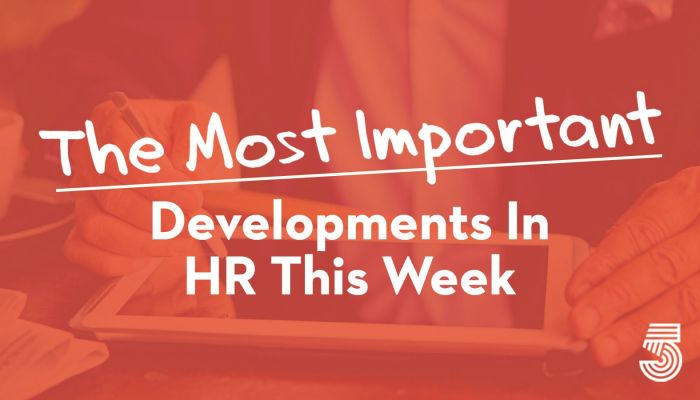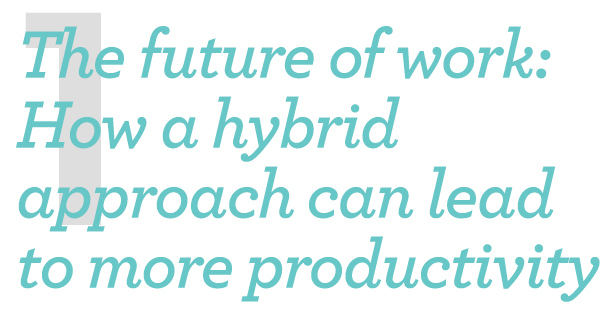
As the physical workplace transforms, so will traditional expectations around the way and the hours we work. The employee experience has amplified the need to evolve beyond face-time. As companies reinvent themselves and come to resemble a more hybrid model, not everyone will be expected to be working at the same time, whether online or in-person. They will instead work a schedule optimized to their own circumstances. The future of work is about humans and technology working in tandem towards a brighter, more productive future. The shift towards a hybrid model of work will positively impact companies in three ways: talent over geography, a dedicated focus on employee-valued programs, and a move towards environmentally conscious ways of working. Training

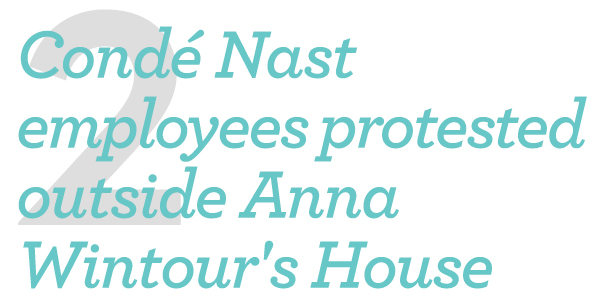
Tuesday night, members of the New Yorker Union protested outside the Greenwich Village home of Anna Wintour, Vogue figurehead and global chief content officer of Condé Nast, The New Yorker’s parent company. The New York Times reports that about 100 people took part in the protest, including employees from fellow Condé Nast publications Ars Technica and Pitchfork, marching from the New York University campus to Wintour’s nearby neighborhood. Protesters, many of whom were fact-checkers and editorial-staff members, held signs that read, “You can’t eat prestige” and “Fair pay now,” and chanted, “Bosses wear Prada, workers get nada.” Though Wintour herself wasn’t spotted, her neighbors were seen handing out drinks to picketers. The protest comes after over two years of contract negotiations with Condé Nast and ahead of a potential worker strike. On Monday, the New Yorker Union launched a website stating its still-unmet demands, which include fair pay, more job security, and better work-life balance. New York Magazine’s The Cut

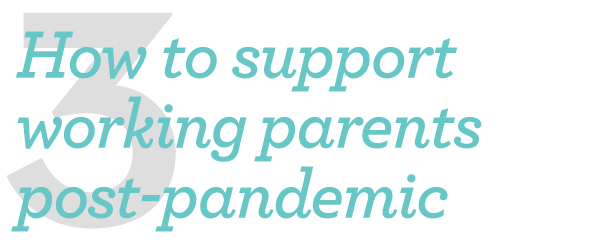
After getting the flexibility that many parents have been requesting for years, it’s no surprise that three in five employees would want to continue working remotely post-pandemic, with another 62% saying they’d even quit their current jobs if they can’t do so. Another one in three employees would be happy with at least a hybrid work arrangement. Workers are worried that if there is a mandatory return to workplaces, they’d have less flexibility, less work-life balance, as well as additional headaches over sorting out childcare responsibilities. Now that employees are used to the flexibility and relative autonomy given in the past year, how can leaders ensure they continue to enjoy the support and sustain their positive work experience? According to a FlexJobs study, the kind of support working parents desired most post-pandemic: A flexible schedule and control over when you work (26%). The option to work from home full-time (25%). A work environment that understands childcare demands (17%). To work from home part-time (15%). Freelancing opportunities (10%). An alternative schedule to a five-day, 9-6 work week (7%). Human Resources Director

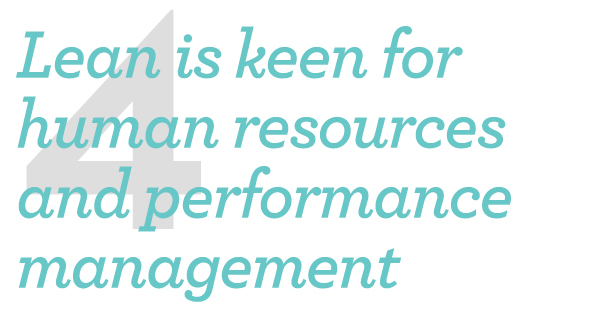
I’ve always been keen on lean — the productivity methodology that minimizes inefficiency and emphasizes continuous improvement. I was first introduced to lean manufacturing in 1997 when I was hired by a company to help them implement lean within their newest manufacturing plan and within their culture. Although historians quibble about its origins, many people point to Henry Ford’s assembly line — initially installed in a Detroit-area plant on December 1, 1913 — as one of the first true instances of putting the concept into practice. And most would agree that Toyota truly crystalized lean by researching, refining, and ultimately documenting a process associated with streamlining production between 1948 and 1975. Because of its success in manufacturing, lean has spread over the years to many other sectors — including HR and performance management. Generally, in this context, lean concepts can be applied to: recruitment and hiring; orientation, training, and upskilling; performance management; compensation and benefits. Forbes
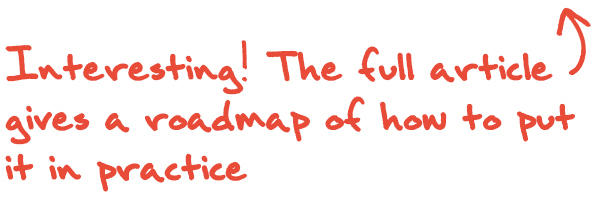
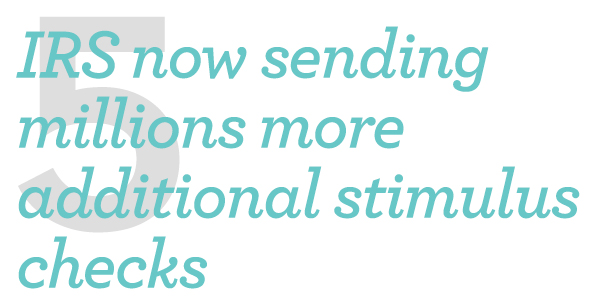
The IRS said it is continuing to distribute federal stimulus checks to eligible Americans, with another 2.3 million payments issued on Wednesday. Some of those payments include “plus-up” adjustments for people who received less money than they were entitled to in earlier checks. The latest round of payments is part of the Biden administration’s efforts under the American Rescue Plan to deliver $1,400 to each eligible adult and child. The IRS on Wednesday said it has now delivered more than 169 million payments worth $395 billion, with the last batch of checks amounting to a total of $4.2 billion. The latest batch of checks comes as 25 states will soon end enhanced unemployment aid, cutting of millions of jobless workers from $300 in weekly aid two months before the federal funding is due to expire. About 1 in 4 people on unemployment will lose their benefits from the early cutoff of jobless benefits, according to an estimate from the Century Foundation, a liberal-leaning think tank. NBC News







